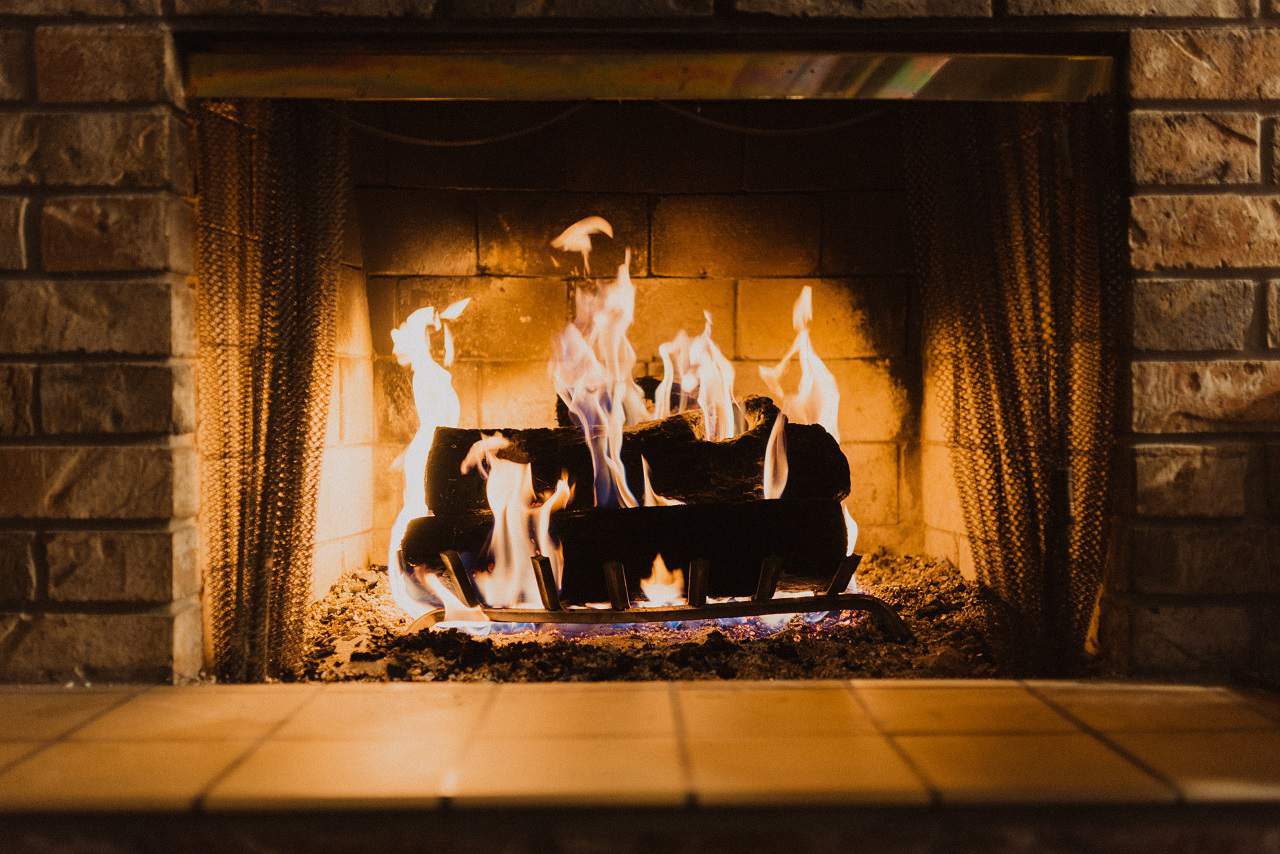
Sponsored article
Probably everyone dreams of a living room with a fireplace, to be able to warm your hands in the cold evenings by the fire and listen to the crackle of sparks. But choosing a fireplace is associated with many dilemmas, such as the type of fuel, location of the fireplace, the choice of ventilation in the room. To be able to safely enjoy a fireplace in your home, you need to follow a few important rules. Learn how to choose a fireplace
When choosing a fireplace for your living room, think carefully about whether you want it to be a source of heat in the room or just a decoration. If you already know the answer to this question, it will allow you to make a better and more informed decision about the size of the fireplace and the heating power it should have. When building a fireplace, it is worth knowing that, under current law, the fireplace can not be the only source of heating in the house. It should be only a heating accessory, which is why many people choose free-standing fire places, paying attention only to their decorative function. If you want the living room to be heated by means of a fireplace, you need to take into account the cost of fuel and consider whether this solution is really worth it. On the other hand, if you want to light a fire in the fireplace in spite of another source of heat, choose a form of heating that allows a large adjustment, so that when the fireplace warms up the interior, you can turn off the radiators
If you dream of a fireplace, you need to know that it can not stand in every room of every building, regardless of its size and purpose. Building regulations allow the installation of a fireplace only in single-family or residential buildings and multi-family houses with a height of up to 4 floors
The room where the fireplace will be placed must be at least 30 square meters in size. The power of the fireplace should be chosen according to the formula of 1 kW per 4 cubic meters of room volume. In such a house, it is also necessary to ensure a supply of outside air, which is necessary for proper combustion. The air should flow through the fireplace riser at a speed of at least 0.2 m/s of air flow in the combustion chamber for an open fireplace.
In practice, these requirements are often implemented in an indirect way – the air is taken from inside the house, and in its place the air from outside comes in through various channels.
However, this is not an optimal solution, because a proper inflow will only be ensured by installing a separate duct connecting the fireplace with outside air, for example, a pipe placed in the floor.
Both ecological and traditional fireplaces must be connected to an individual flue pipe, and the room should be ventilated. The fireplace is compatible with traditional brick chimneys, as well as prefabricated models with ceramic inserts or heat-resistant steel.
Nowadays, the consequences of careless use of the earth’s resources can be seen with the naked eye. Combustion is not the best and most ecological way to heat your home. An excellent and environmentally friendly solution in this situation are bio-fireplaces, which meet all standards set by ecologists and climatologists in the European Union. At the same time their mode of operation is as effective as the traditional fireplaces and at the same time they save up to 25% of energy and emit into the atmosphere up to 90% less harmful substances and pollutants
Photo: unsplash.com